Are you really an autumn?
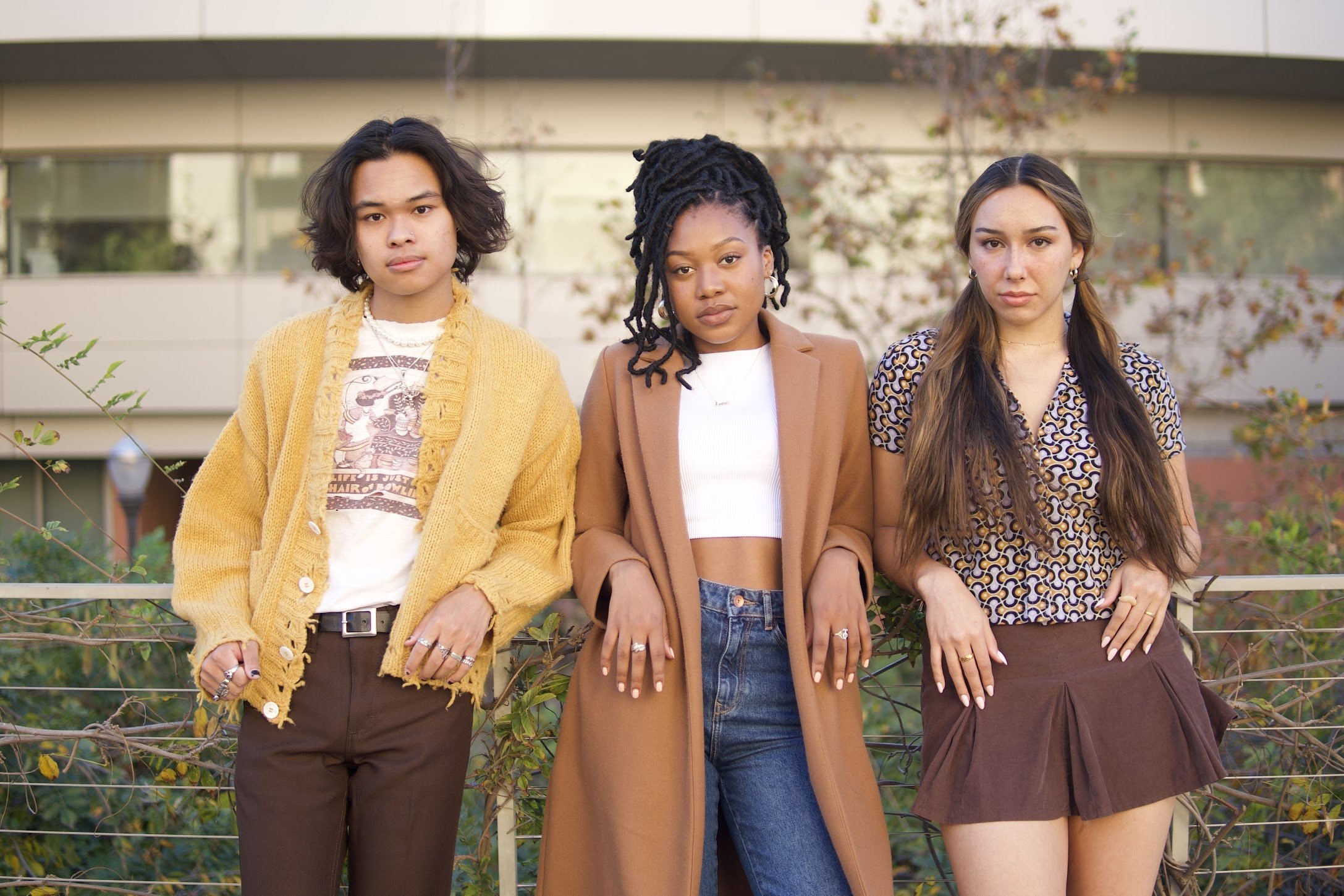
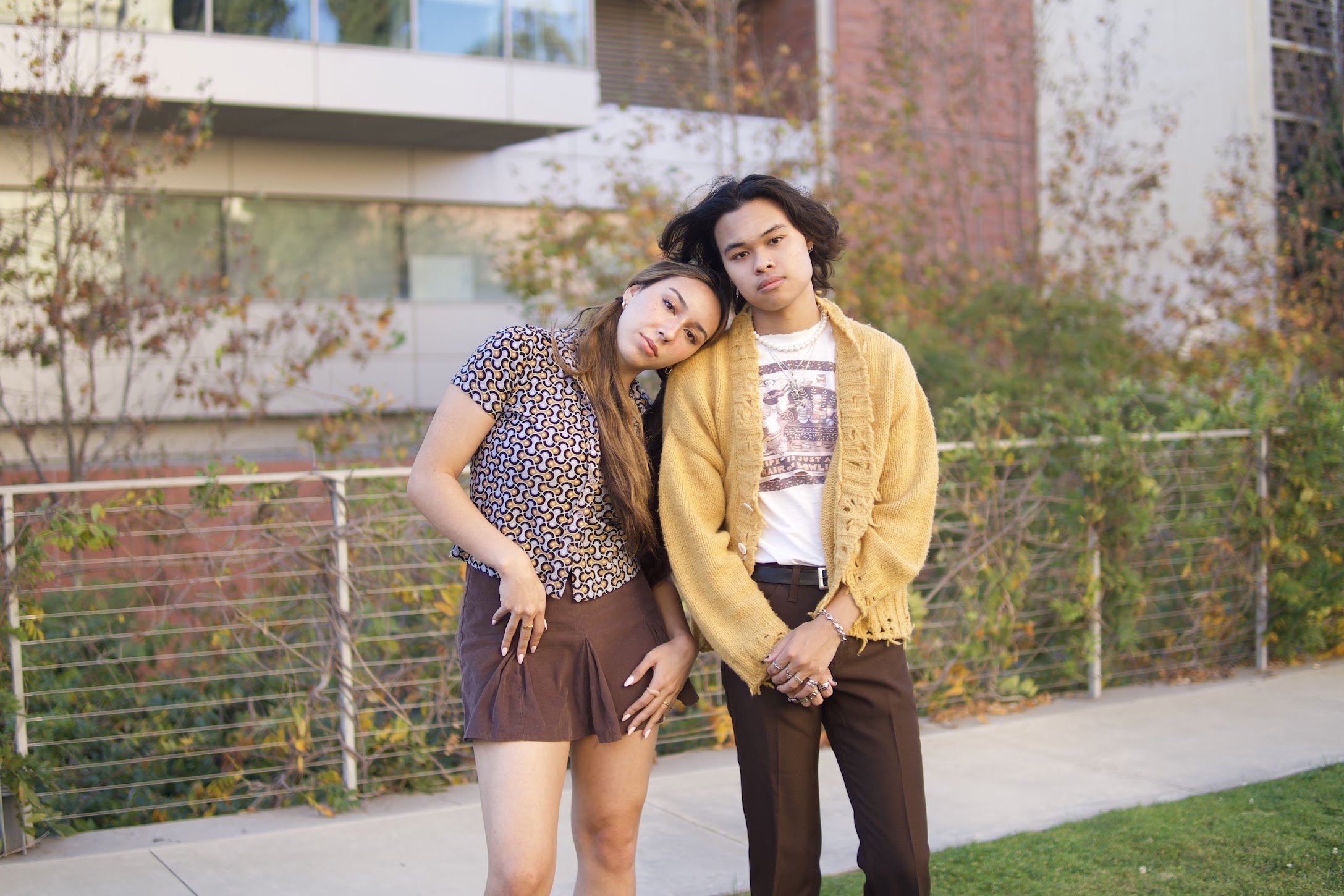
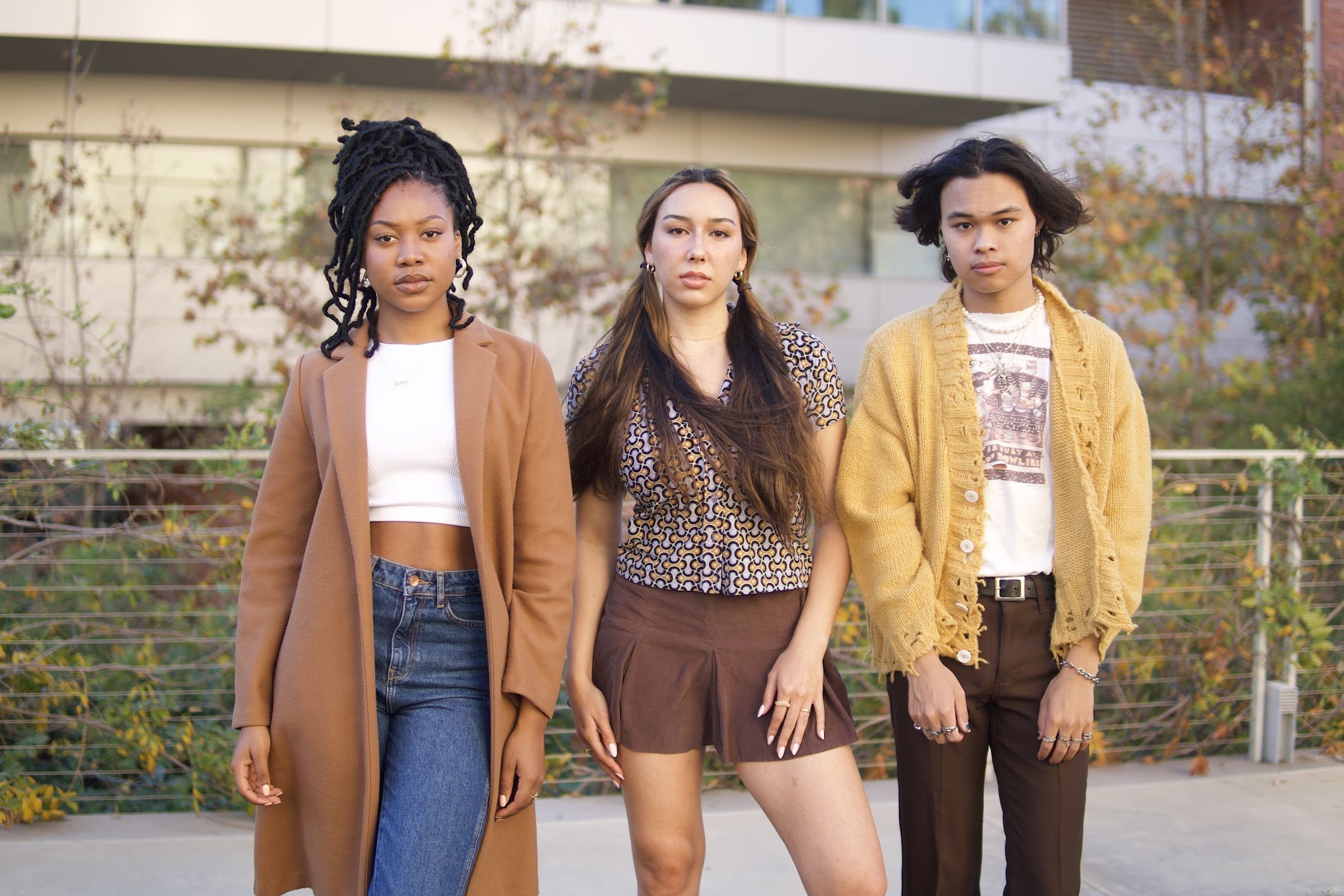
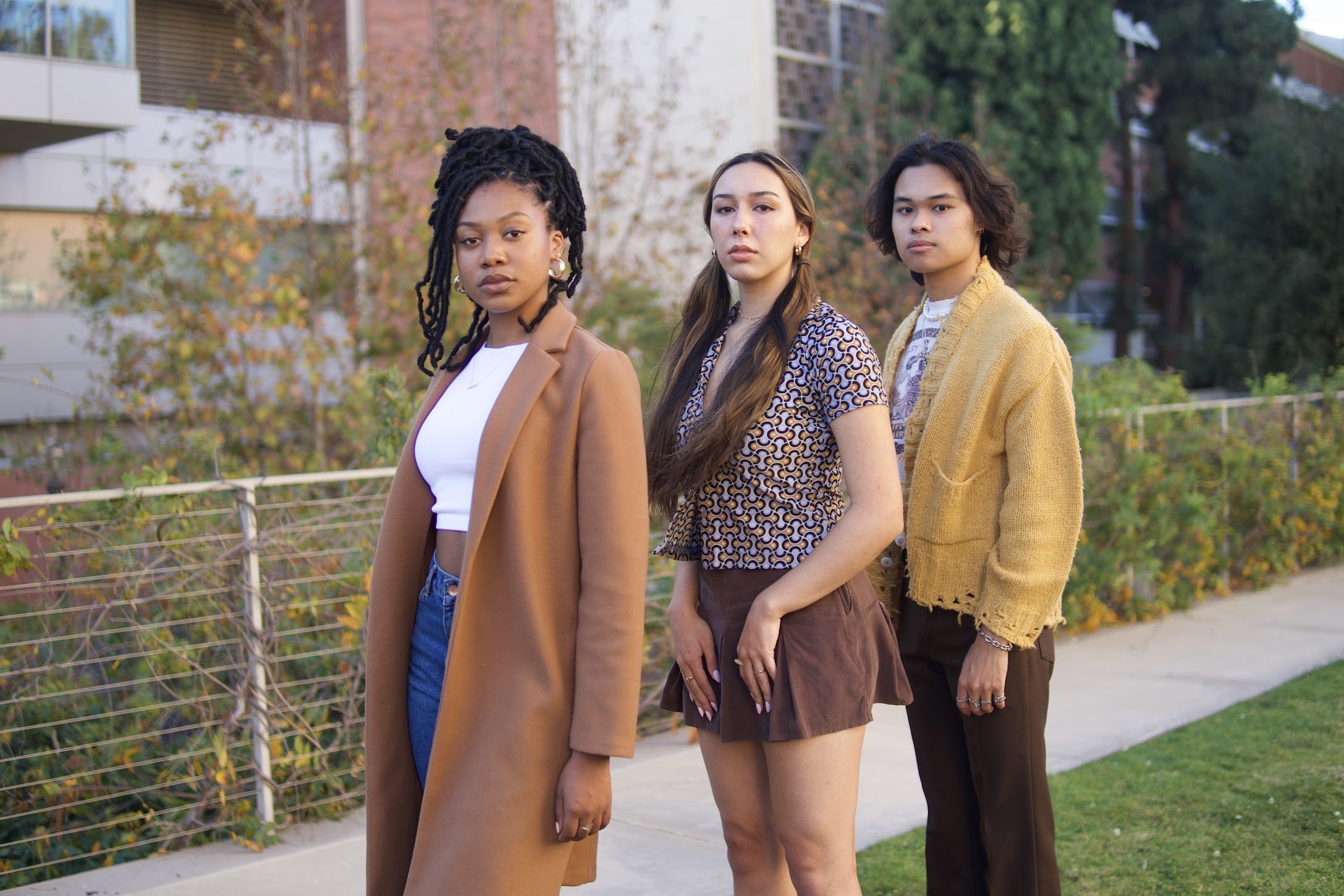
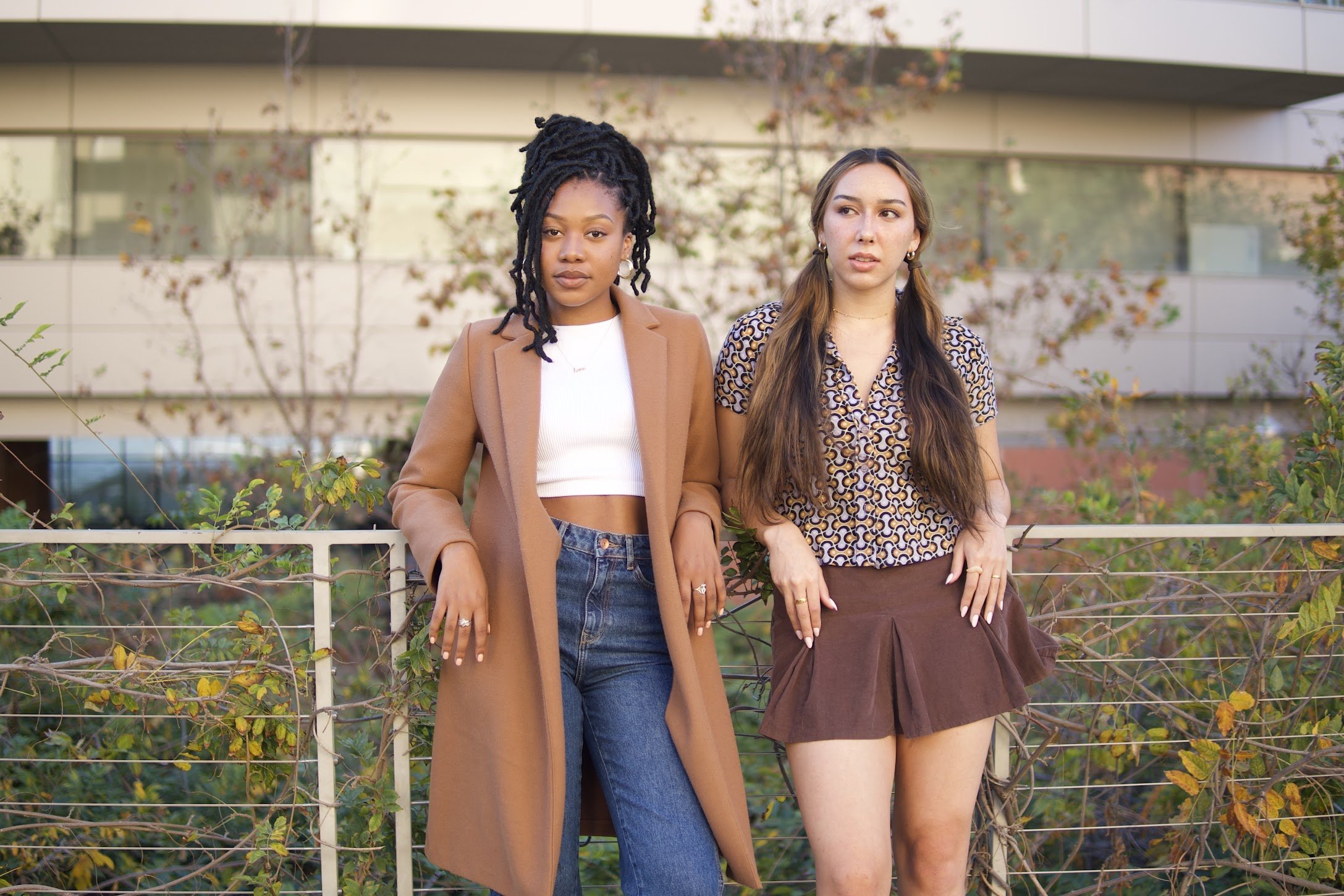

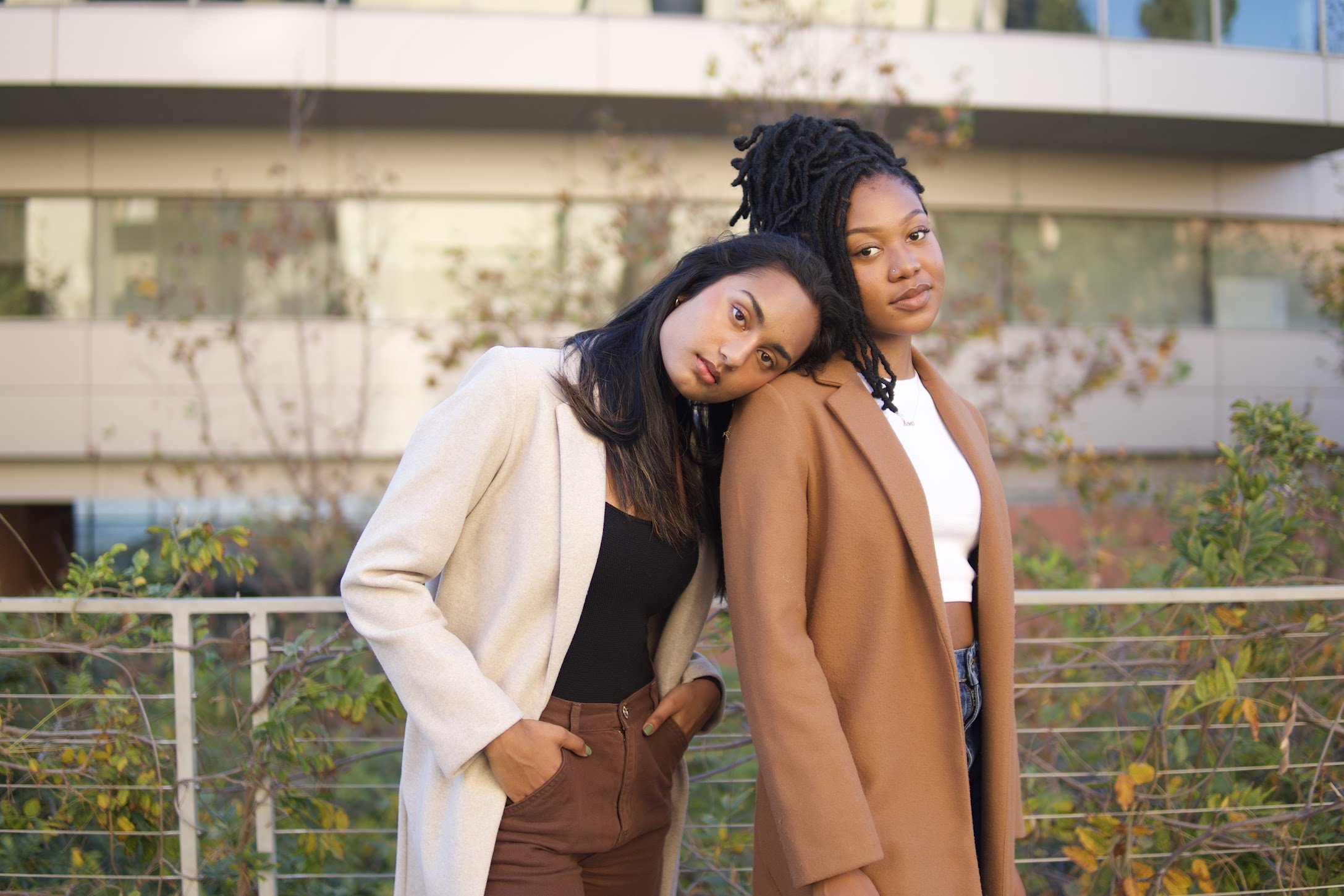

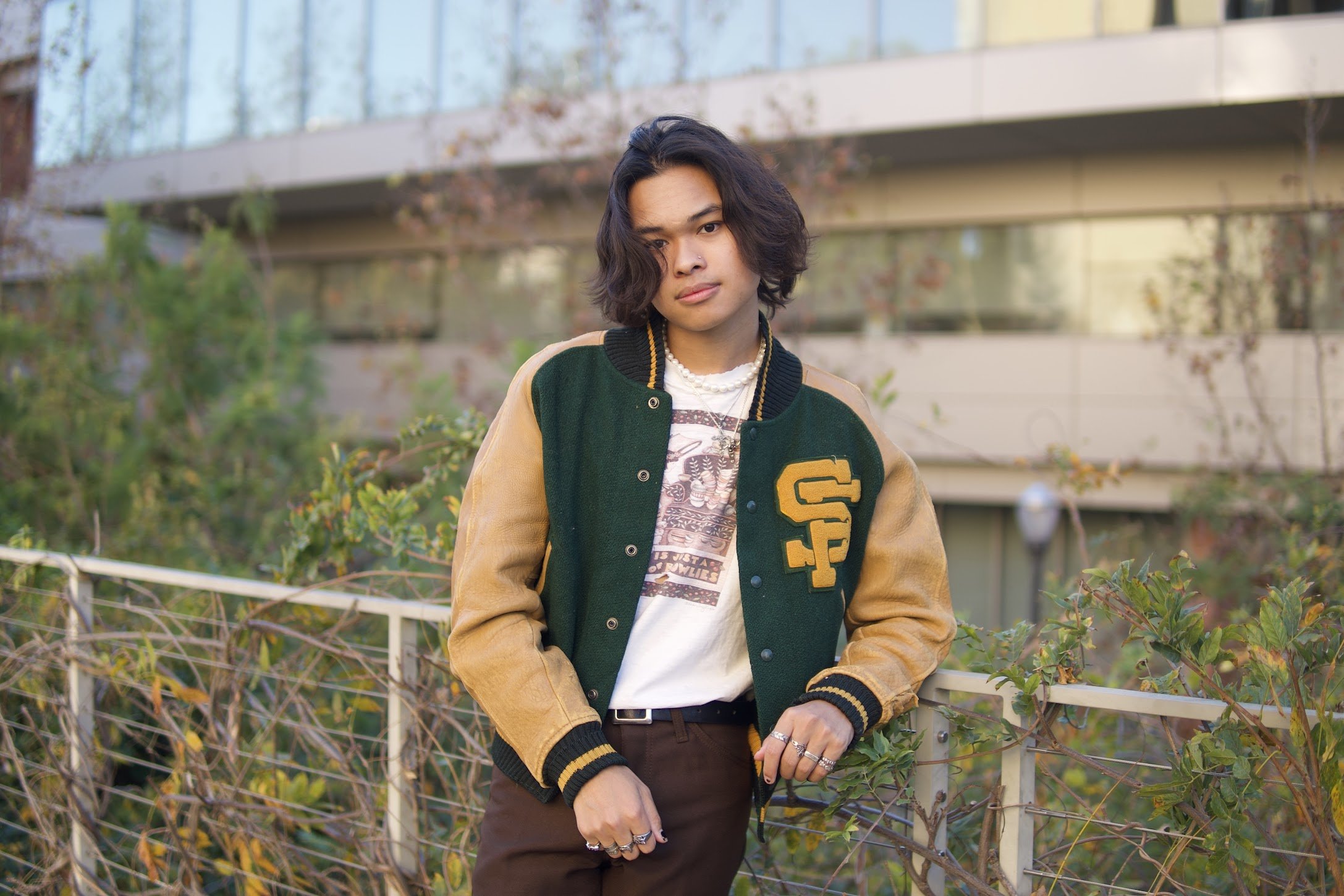
You’ve probably been labeled as a summer or a spring in your life, told that you look better in certain colors, or that an outfit doesn't “match your complexion.” The idea that some colors look better with certain hair colors or skin tones has always been justified by being seen as an art technique, as a physiological phenomenon rather than just subjective opinion. How much of that is true artistry? How much of it is pop-psychology to keep people in a proverbial box when it comes to their fashion choices?
Color analysis has been an important aspect of the art world as a practice for hundreds of years. The application of color theory to fashion is a more contemporary addition, and does not always benefit everyone being subjected to it. Modern seasonal color theory was a combination of color psychology created by psychologist Johann Wolfgang von Goethe and seasonal color relation created by artist Johannes Itten. Regardless, this idea was suspended in the fine art world until it became unilaterally accessible in the mid 80’s.
Carole Jackson is the author of color theory as we know it today. Jackson wrote, Color Me Beautiful in 1980, beginning a movement of ‘color theory’ marketed to the average woman in America. It changed the the commercial marketing factor for women.
Carole’s color physiology is based on 12 different types, the four seasons with three variations of each. Each color season had the idea of creating a cohesive wardrobe, based on what would be the most enhancing to your natural beauty, according to Jackson. She projected the movement, “why look good when you can look great?” as a way to convince her readers that they could enhance what they had if they listened to her techniques.
Understandably, this idea splintered into hundreds of directions, with many different sources seeing it as an opportunity to gain credibility or make money. The idea of seasonal color theory became something like a personality test, such as the enneagram or meyers-briggs.
This idea becomes problematic when the core is based on unchangeable characteristics of a person. To decide what colors look best on certain skin tones has no real harm, but the projection of these ideas onto the accessible fashion industry as a whole limits people of all color to certain realms or styles that ‘go well’ with their coloring.
Understanding underlying complexity in the way colors are perceived on the individual can curve the idea that an individual no longer looks great when they are not wearing their season. This idea doesn't even necessarily come directly from the seasonal color analysis outlined in Color Me Beautiful, but on its rippling effect on the subconscious of fashion-enjoyers in the modern day. Someone could create judgment on another person’s style just because of the color’s compatibility with their skin tone, and that is a slippery slope by creating exclusivity to certain colors or styles based off of coloring, which can easily further marginalize already marginalized groups in the fashion industry.
Though there is some benefit to dressing in things that look good on you, psychological theories like the season color theory highlight the need for understanding personal bias in every decision on what looks best from one person to another. No one should feel limited to certain colors and palettes when expressing their personal style, or believing they can’t wear certain colors because of their complexion.
Maddie J

